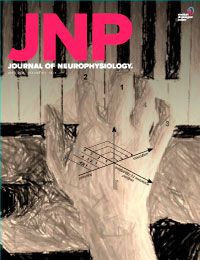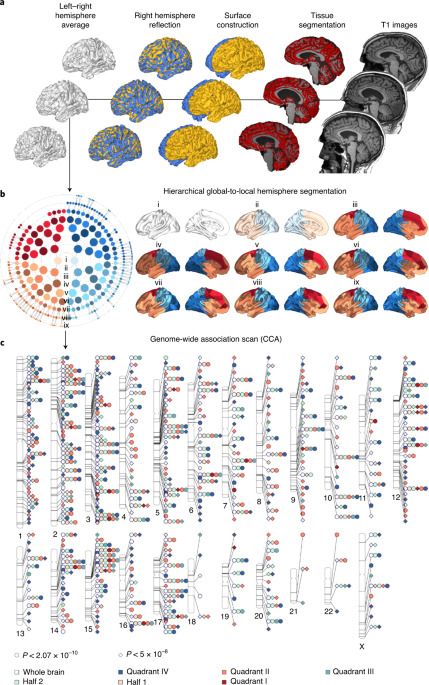Hackers Flood the Internet With 100000 Malicious PDF Documents.


Hackers can now use a JavaScript exploit to trigger Rowhammer attacks remotely on modern DDR4 RAM cards.


A recent report notes that a hacking group is employing search engine optimization (SEO) tactics to trick users into attracting them to over 100000 legitimate-looking malicious websites through the Google browser.
The goal of this campaign is to install a Remote Access Trojan (RAT) on vulnerable devices, which would allow the deployment of subsequent attacks and infections. The eSentire signature experts detected this campaign, mentioning that malicious web pages appear in browser results when the user searches for terms related to invoices, receipts, questionnaires and resume.
Hackers use search redirection and direct download methods to redirect users to Trojan download sites identified as SolarMarket (also known as Jupyter, Yellow Cockatoo or Polazert). Users who visit a compromised website are infected almost immediately after entering these pages via a malicious PDF file.

Elisabeth Schirmer, Stefan Schuster and Peter Machnik investigated the effects of bisphenols A and S on neuronal functioning. Using in vivo recordings in goldfish they demonstrate that basic neuronal properties such as action potentials and synaptic transmission are perturbed after chronic exposure to bisphenols.

Recent work has shown that human auditory cortex contains neural populations anterior and posterior to primary auditory cortex that respond selectively to music. However, it is unknown how this selectivity for music arises. To test whether musical training is necessary, we measured fMRI responses to 192 natural sounds in 10 people with almost no musical training. When voxel responses were decomposed into underlying components, this group exhibited a music-selective component that was very similar in response profile and anatomical distribution to that previously seen in individuals with moderate musical training. We also found that musical genres that were less familiar to our participants (e.g., Balinese gamelan) produced strong responses within the music component, as did drum clips with rhythm but little melody, suggesting that these neural populations are broadly responsive to music as a whole. Our findings demonstrate that the signature properties of neural music selectivity do not require musical training to develop, showing that the music-selective neural populations are a fundamental and widespread property of the human brain.

A multivariate genome-wide association study highlighting loci that influence both face and brain shape suggesting shared developmental axes during early embryogenesis. These loci did not overlap with those governing behavioral–cognitive traits or neuropsychiatric risk indicating divergence between early brain development and cognitive function.
https://youtube.com/watch?v=yPtL1rM6GF0&feature=share
On April 14, 2021 NASA’s Perseverance Rover sent amazing images of Mars’s rocks captured by Mastcam-Z. Several rocks has interesting erosion component to be analyzed. There are also diverse aeolian processes that, in addition to dune forms, result in small abrasion forms on exposed rocks. Rover strongly uses Mastcam-Z. That is a pair of cameras that takes color images and video, three-dimensional stereo images, and has a powerful zoom lens. Like the Mastcam cameras on the Curiosity rover, Mastcam-Z on Mars 2020 consists of two duplicate camera systems mounted on the mast that stands up from the rover deck. The cameras are next to each other and point in the same direction, providing a 3D view similar to what human eyes would see, only better. They also have a zoom function to see details of faraway targets.
Credit: nasa.gov, NASA/JPL-Caltech, NASA/JPL-Caltech/ASU
Source for NASA’s Perseverance Mars mission: https://mars.nasa.gov/mars2020/spacecraft/rover/
#mars #perseverance #news
Blue Origin launched an uncrewed test flight of its New Shepard suborbital vehicle on April 14, 2021 from their West Texas facility. The capsule and rocket both landed several minutes after launch. The private spaceflight company complete an ‘astronaut rehearsal’ prior to the flight with future crew members boarding the capsule temporarily. Full Story: https://www.space.com/blue-origin-new-shepard-ns-15-launch-landing-success.
Credit: Blue Origin